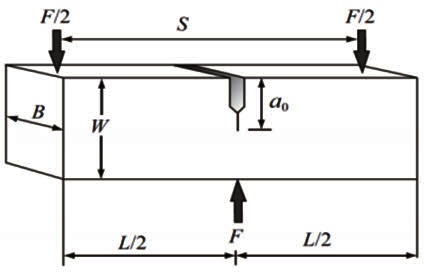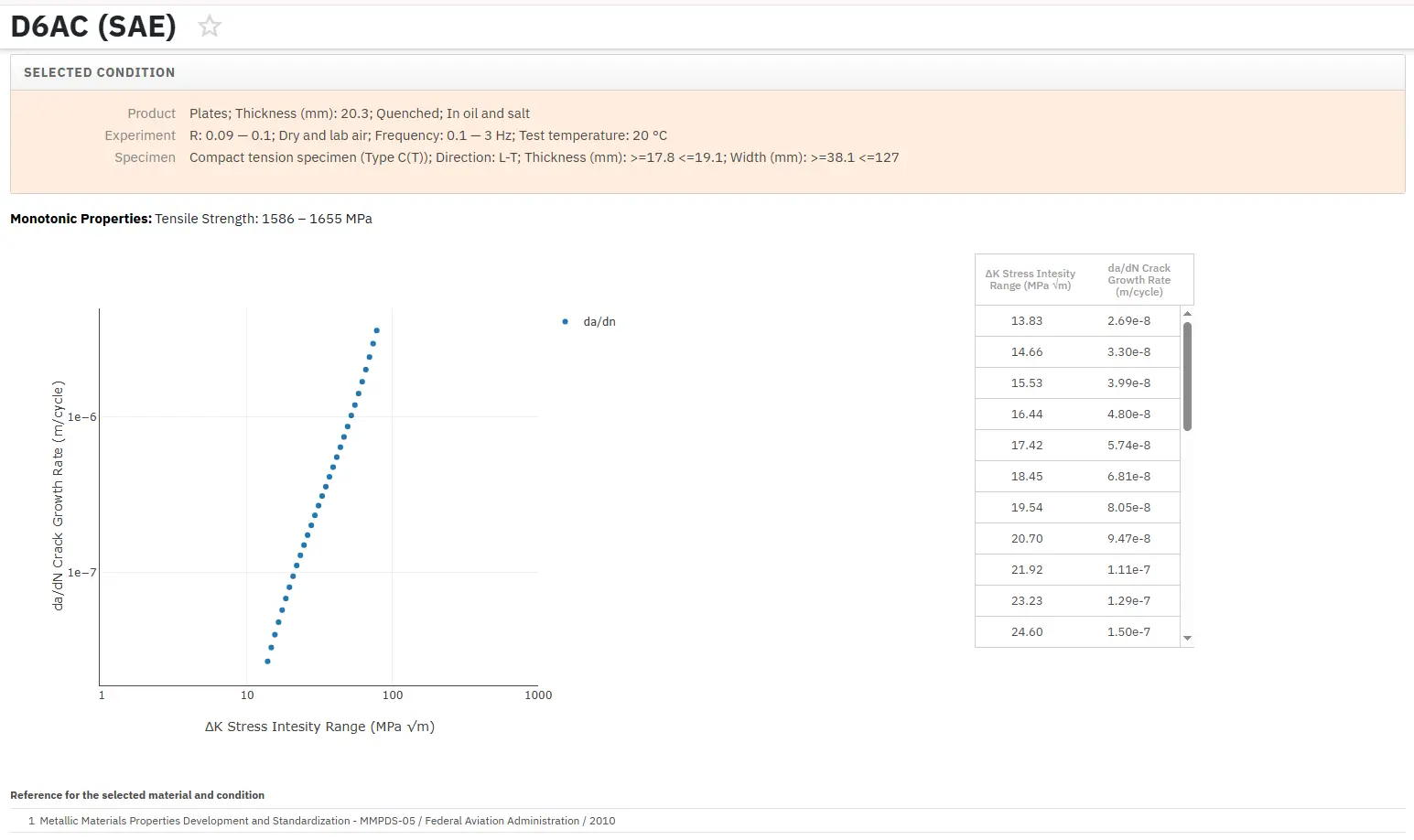Critical Crack Tip Opening Displacement (CTOD) Testing: Part One
Abstract
Crack tip opening displacement is widely used and quite specific in that it is the only standardized test that covers all fracture behaviors that occur between the extremes associated with the stress intensity factor K and J-integral tests.
CTOD in relation with component load gives the opportunity to determine the crack driving force in the vicinity of the crack tip.
Many of the high toughness structural materials undergo extensive plastic deformation prior to fracture. Thus, the concepts of linear elastic fracture mechanics must be extended to account for elastic-plastic behavior.
Crack-tip opening displacement (CTOD) is widely applied in engineering and is the only standardized test that covers all fracture behaviors that occur between the extremes associated with the stress intensity factor K and J-integral tests.
The K factor was proposed in 1957 by Irwin to describe the intensity of elastic crack-tip fields, and symbolizes the linear elastic fracture mechanics. The J-integral was proposed in 1968 by Rice to characterize the intensity of elastic–plastic crack-tip fields, and symbolizes the elastic–plastic fracture mechanics. The CTOD concept was proposed in 1963 by Wells to serve as an engineering fracture parameter, and can be equivalently used as K or J in practical applications.
Different experimental methods have been developed for measuring these parameters to describe fracture toughness of materials. The detailed descriptions of these fracture mechanics parameters and their applications can be found in many papers. Standard terminology relating to fracture toughness testing and evaluation has been defined in E1823 by the American Society for Testing and Materials (ASTM) in the United States. All terms and concepts pertaining to fracture tests used in this work are consistent with those defined by ASTM E1823.
The CTOD test is one such fracture toughness test that is used when some plastic deformation can occur prior to failure - this allows the tip of a crack to stretch and open, hence "tip opening displacement".
The CTOD is defined as a local parameter in the vicinity of crack tip. It is possible to determine crack driving force by considering any dependence between CTOD and component load. The essential definition of CTOD given by Wells, and further by a HRR model presenting CTOD as a material resistance parameter to crack growth.
Unfortunately, experimental determination of real CTOD during experiments is impossible, because the critical value occurs in the mid-thickness of the specimen. Kolednik shows that post-testing stereometry and reconstruction of a fracture enables the determination of critical CTODi.
The CTOD5, so called δ5, Introduced by Schwalbe et al. is one of the well established techniques for direct measurement of CTOD without calibration function, and knowing the mechanical parameters of the materials (Young’s modulus, yield strength, Poisson’s ratio). The δ5 measurement technique is the measurement of deformation between two points within a defined distance of 5 mm with the crack tip located in the middle (2.5 mm).
There are two basic forms - a square or a rectangular cross section specimen. A standard crack specimen is shown in Figure 1, and detail of Dimensions of CTOD specimens is shown in Table 1.

Figure 1: CTOD specimen

Table 1: Dimensions of CTOD specimens
Per saperne di più
Accedi immediatamente alle proprietà di meccanica della frattura di migliaia di materiali!
Total Materia Horizon include una raccolta esclusiva di proprietà della meccanica della frattura, come K1C, KC, crescita delle cricche e parametri della legge di Paris, per migliaia di leghe metalliche e trattamenti termici.

Ottieni un account di prova GRATUITO su Total Materia Horizon e unisciti a una comunità di oltre 500.000 utenti provenienti da più di 120 paesi.